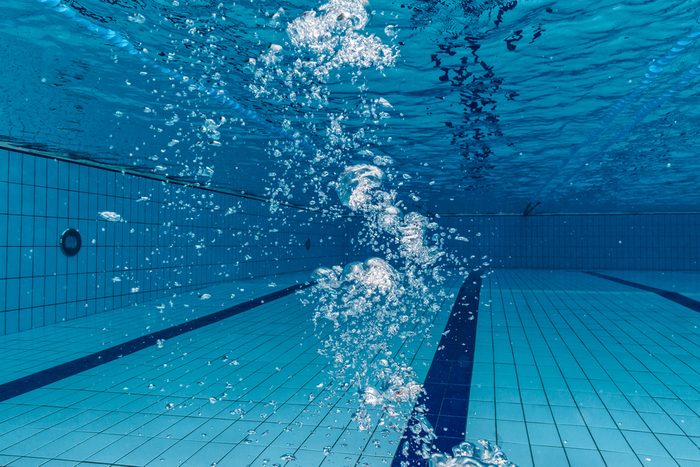
Drowning prevention tips
Every year, there are an average 3,536 deaths caused by unintentional drowning in the U.S., says the Centers for Disease Control and Prevention (CDC). You can help prevent drowning deaths by taking swim lessons (no matter your age), learning CPR, wearing life jackets on a boat, and supervising children (without distractions) at all times, the agency advises. (Here are some water safety tips you might not be following but should.)
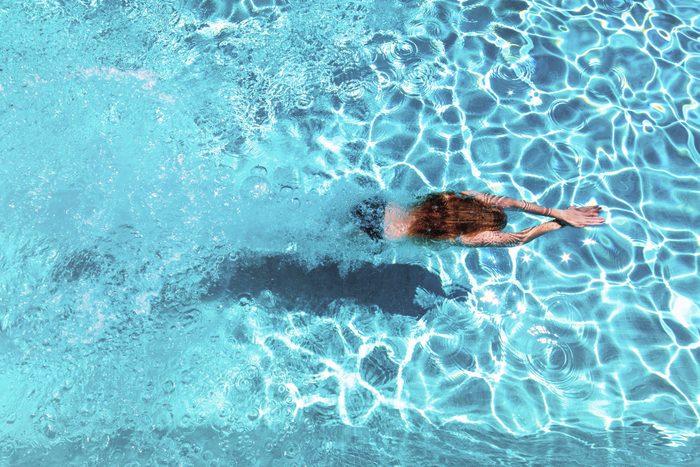
You can tell if someone’s drowning
One of the most pervasive drowning myths is that you’ll know when someone is drowning. Believe that, and it’s possible to miss someone who’s in peril. “It may not be as obvious as a person yelling ‘help me, help me,'” says Gabriella Cardone, MD, an emergency medicine pediatrician with McGovern Medical School at UTHealth and attending physician at Children’s Memorial Hermann Hospital in Houston.
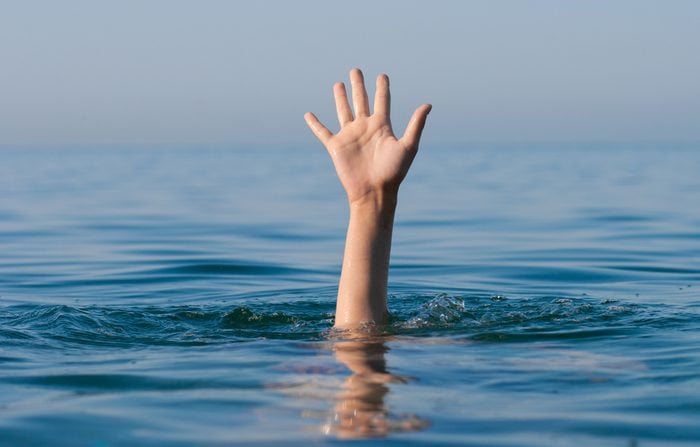
They’ll flail their arms
Think you should see a bunch of crazy splashing? Only in the movies. Certainly, if someone is splashing and yelling for help, assist them right away. However, the waters are often calmer. “People get scared [when they’re in trouble in the water] and they don’t move,” says Dr. Cardone. (That’s why you need to know the silent but deadly signs someone’s about to drown.)

They can swim, they’ll be fine
This applies to everyone, but especially children. Swimming lessons are smart—the American Academy of Pediatrics (AAP) suggests that taking lessons starting at age one can decrease the risk of drowning among the toddler and preschool set. But, the AAP warns that “swim lessons don’t make kids ‘drown proof.'” You also have to watch them around water and prevent them from going in it alone. Stats show that nearly 70 percent of little kids who drowned weren’t expected to be in the water.
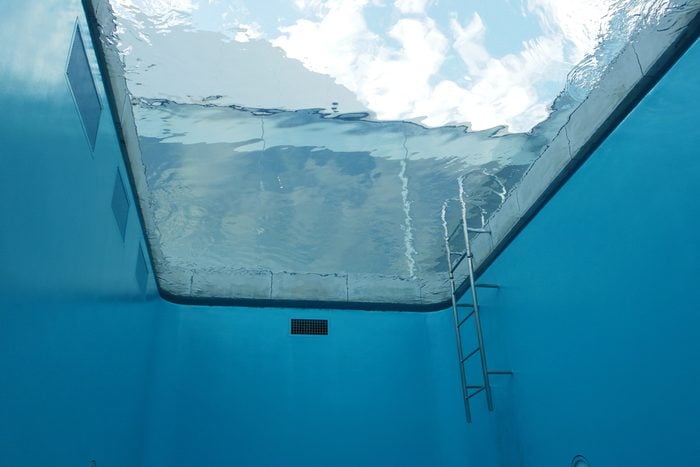
An inflatable pool toy is a life-saving device
Oh boy, forget this drowning myth, please. Your pool noodle, floaties, or an oversize inflatable doughnut or swan is not the same as a life jacket. (Just ask the CDC.) Similarly, the Water Safety Awareness Foundation advises against allowing children to swim with floaties. One reason? The false sense of security may make it easy to turn your back (or get on your phone) when you’re supposed to be supervising.
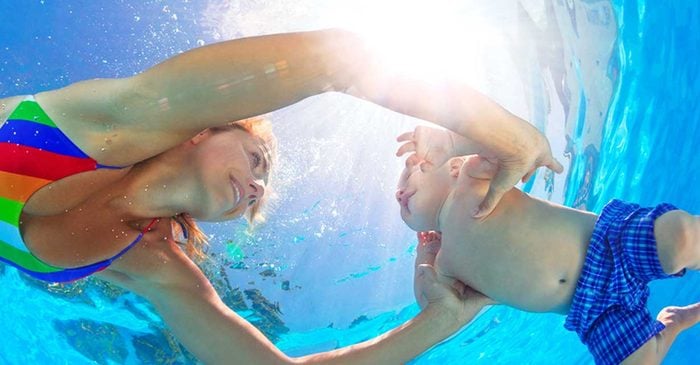
Dry drowning is real
It’s easy to be freaked out about this drowning myth. Reports of kids inhaling water and then dying later are absolutely terrifying for parents. It’s called “dry drowning,” but a report in Emergency Medicine News in 2018 said that ‘dry drowning’ is an outdated and confusing term, and pointed out that a well-publicized tragic death of a little boy was not due to dry drowning but because of a heart condition. Still, if you are worried after your child swallowed or choked on water, Dr. Cardone recommends watching them for persistent coughing, a faster respiratory rate, or the ribs sinking in while breathing. If you notice those symptoms or are concerned for any reason, call your pediatrician.
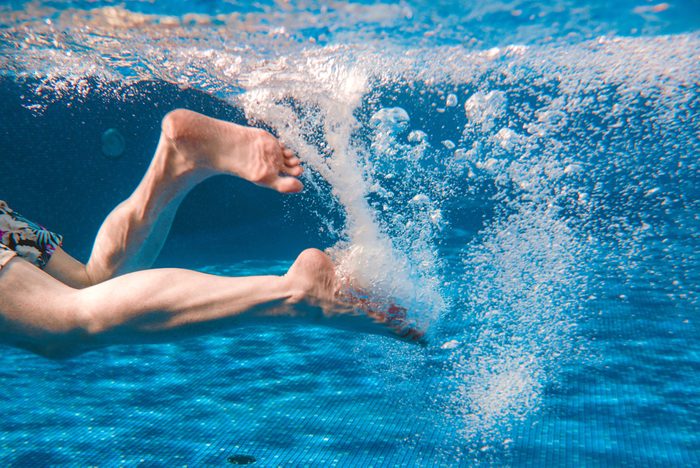
You’ll know if they’re pretending
Remember scaring your parents by floating head down limp in the water? That doesn’t mean that the person you see floating in the pool is “just playing.” “If you see someone who is silent and not moving, go check on them to make sure they’re OK,” says Dr. Cardone. And if he or she is on the bottom of the pool, take action immediately.
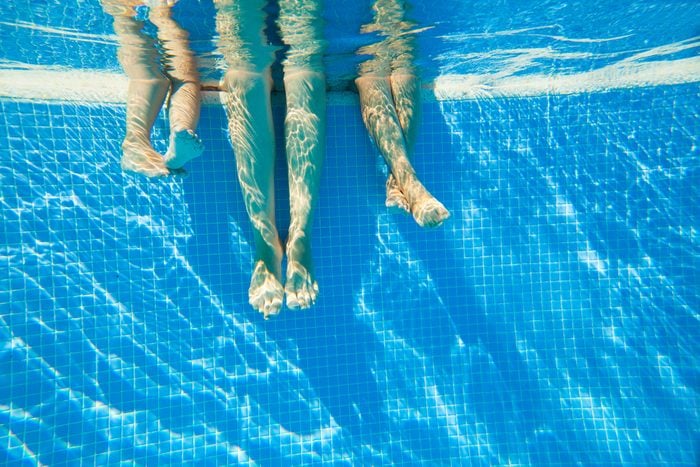
You can’t get in trouble for “just playing”
Speaking of “pretending to drown” games in the pool: just don’t do them. As the CDC warns, hyperventilating before going underwater or trying to hold your breath for as long as possible can get you into trouble. Namely, you can pass out in the water.
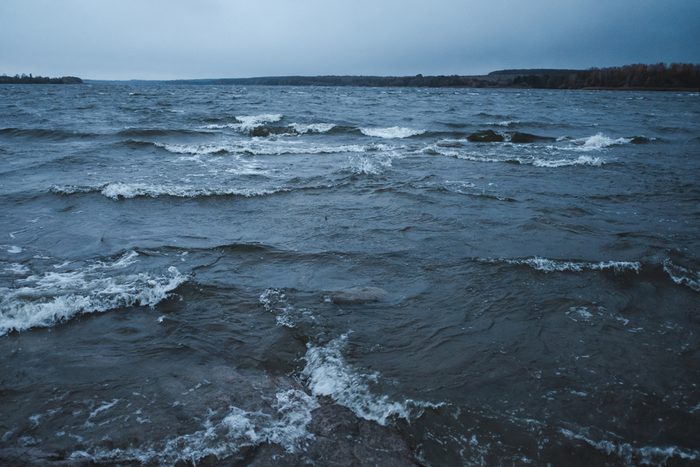
You’ll know how long they’ve been under
It takes a second for someone to slip and fall into a pool, but they may go unnoticed. “Drowning can happen within minutes. Being submerged for six minutes can be permanently devastating,” says Dr. Cardone. You don’t know how long someone has been under, which is why you’ve got to act fast.
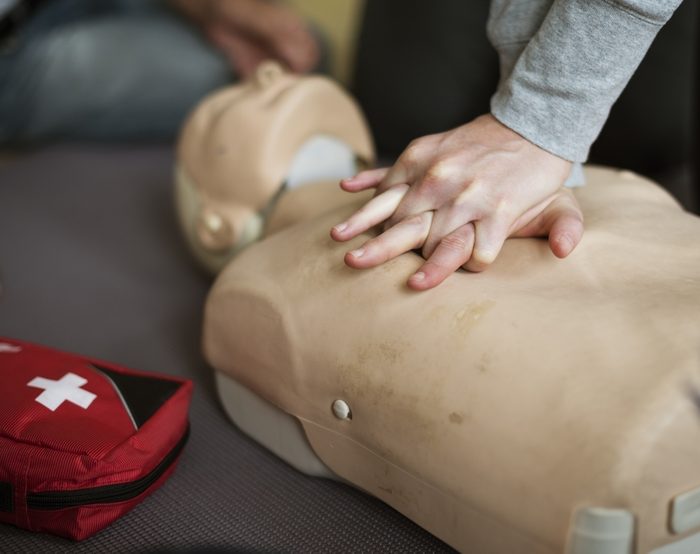
You should always jump in the water to save someone
If someone is in peril, the American Red Cross advises reaching out to them from the side or throwing them something to help them stay afloat (like a life ring). Jumping in, says the Red Cross, may mean that they take you down in their panicked state, which is a drowning risk to you. If someone is unconscious, you’ll have to go in. However, even experienced swimmers can find it tough to pull someone out of the water. “Turning them on their back [and holding them] while you float on your back might allow you to push the water and get to the side of the pool safely,” says Dr. Cardone.
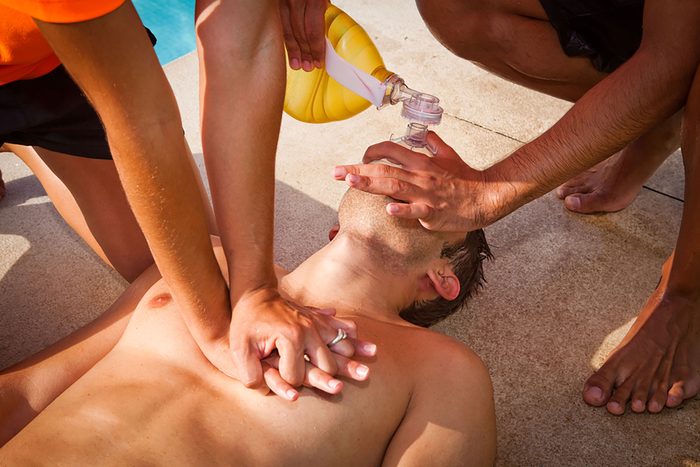
CPR is always needed
After you get a drowning victim—adult or child—out of a body of water successfully, the first thing you want to do is lay them flat on their back and extend their neck. “That alone can make a big difference. Sometimes that angle can generate enough discomfort that they start breathing,” says Dr. Cardone.

Start with chest compressions in CPR
You used to be advised to do both mouth-to-mouth breathing and chest compressions in CPR, but new rules suggest doing “Hands-Only CPR.” (For one, bystanders are more willing to help.) However, that’s true in a cardiac emergency, like if someone collapses. In a drowning event, the first step is to perform rescue breathing, followed by chest compressions, says Dr. Cardone, and call 911. (Drowning isn’t the only hidden pool danger you need to be aware of.)
